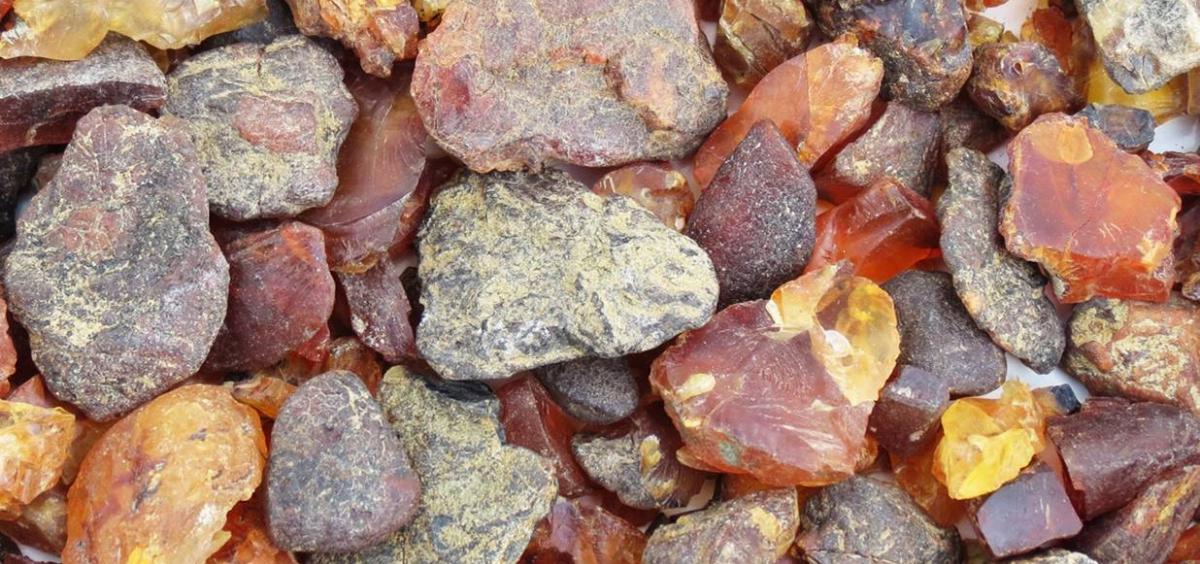
CORVALLIS, Ore. – Burmese amber is an important source of early- to mid-Cretaceous plant and animal remains that date back some 100 million years, with more than 870 species of organisms having been described.
Surprisingly, at least some of the organisms found in the amber appear to have originated from what is modern-day Australia, according to a paper just published in the journal Historical Biology.
The newly published analysis highlights three angiosperm flower species and four insect lineages in Burmese amber that only occur today in Southern Hemisphere locations, thus providing an important clue suggesting that the amber in Burma originated from Gondwana, a former “supercontinent” that once included Australia, New Zealand, Antarctica, South America and Africa.
George Poinar, a courtesy professor in Oregon State University’s College of Science and lead author on the study, said that after its formation in Gondwana, the amber rafted on a continental plate some 4,000 miles across the ocean from Australia to southeast Asia.
Geologists have been debating just when this chunk of the continent – known as the West Burma Block – broke away from Gondwana. Some believe it was 200 million years ago; others claim it was more like 500 million years ago.
Numerous angiosperm flowers have been discovered in Burmese amber, the majority of which have been described by Poinar and a colleague at Oregon State, Kenton Chambers. Since angiosperms only evolved and diversified in the Early Cretaceous about 100 million years ago, the West Burma Block could not have broken off from Gondwana before that period, Poinar noted, which is much later than dates suggested by geologists.
“Normally geologists and biologists don’t get together and share data,” Poinar said. “This goes to show how a marriage of these disciplines can shed new light on the way things might have happened in the past.”
Poinar says the three flowers and four insects described in the Historical Biology paper are merely a few examples of organisms found in Burmese (now Myanmar) amber that originated in ancient Gondwana.
“There are more of them out there,” he said.
About the OSU College of Science: As one of the largest academic units at OSU, the College of Science has seven departments and 12 pre-professional programs. It provides the basic science courses essential to the education of every OSU student, builds future leaders in science, and its faculty are international leaders in scientific research.
Mark Floyd, 541-737-0788, mark.floyd@oregonstate.edu
George Poinar, poinar@science.oregonstate.edu
Click photos to see a full-size version. Right click and save image to download.